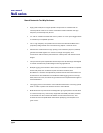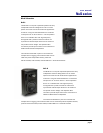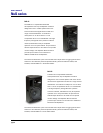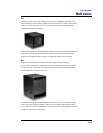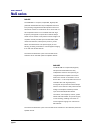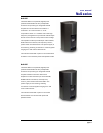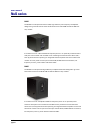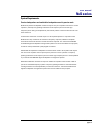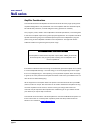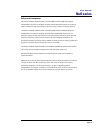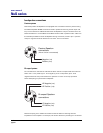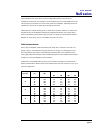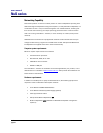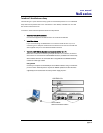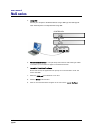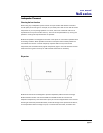
user manual
NuQ series
NuQ manual
page 14
Amplifier Considerations
Turbosound NuQ series loudspeaker enclosures should be driven by high quality power
amplifiers designed for true professional use. Such amplifiers will have balanced inputs,
DC and RF fault protection, and well designed cooling systems for reliability.
The ‘program’ power, listed in the loudspeaker’s technical specification, is the best guide
to the size of amplifier required for general purpose applications. The amplifier should be
capable of delivering long term broadband power equal to the loudspeaker’s program
power rating at the loudspeaker’s stated nominal impedance. This approach allows
sufficient headroom to generate good dynamic range.
RECOMMENDED AMPLIFIER POWER RATINGS:
The amplifier's rated continuous power output (20Hz – 20kHz, per channel)
should be equal to the program power handling of the loudspeaker at its
nominal impedance.
It should be understood that overdriving an insufficiently powered amplifier is more likely
to cause loudspeaker damage – the total energy in a heavily clipped signal is far higher
than in an unclipped signal – than operating a more powerful amplifier within its ratings.
In general, the more powerful the amplifier the better it will sound, provided that it is not
also driven into sustained clipping.
All the equipment in the system before the system controller should be set up for 0dBV
(775mV) maximum output. One controller can be used to feed several amplifiers as long
as all the amplifiers are the same (or have the same gain ratings). More than one
controller may be required if the amplifiers are of different gain or type. Please contact
your dealer if you require help in this area.
Turbosound recommends the T-series amplifiers for use with the NuQ series system. For
further information on T-series power amplifiers please visit the product showroom
section of our website at www.turbosound.com



